Jerry Zezima: She's got my number
Published in Lifestyles
According to statistics that must be true or I wouldn’t have made them up, 87% of grandfathers couldn’t pass a third-grade math test.
This is shocking because it represents almost half the grandpa population.
Unfortunately, I am in this group because I recently got taken to school by my 8-year-old granddaughter, who is in third grade, has an A average in math and gave me a lesson in basic arithmetic by showing me that what I learned when I was a third-grader no longer adds up.
“Math is my favorite subject,” my granddaughter said. “On my last test, I got 100.”
“You answered all the questions correctly?” I said.
“That’s what 100 means, Poppie,” she informed me.
Then my granddaughter played teacher, with me as the student, by giving me a division problem.
“What’s 35 divided by 7?” she asked.
As I began to calculate it in the recesses of my brain, which was active only during recess when I was in school, my granddaughter said, “There’s a strategy.”
“You mean I should use a calculator?” I said.
My granddaughter sighed and said, “Seven times blank equals 35. You go by fives: 5, 10, 15, 20, 25, 30, 35. That’s 7 fives. Five times 7 equals 35.”
“I used to just memorize the times tables,” I said.
“That’s not the right way to do it,” my granddaughter said. “You have to show how you got the answer.”
“Even if the answer is wrong?” I wondered.
She sighed again and gave me another one.
“Nine times 3 equals blank,” she said. “You have to use your hands. Two fingers on your left hand and seven on the rest of your two hands: two on the left and five on the right. The answer is 27.”
“I don’t get it,” I said.
“Two and seven,” my granddaughter said. “Twenty-seven.”
“I can just imagine if I tried to pull this on the IRS,” I responded.
“Now you ask me a question,” she said.
“OK,” I said, figuring I’d really stump her. “What’s 75 divided by 15?”
“You skip count by 5,” my granddaughter said. “The answer is 5. The number you skip count by, that’s your answer.”
“I must have skipped that one in class,” I said.
“Is that why you became a writer, Poppie?” she asked. “Because you can’t do math?”
“I can’t do the new math,” I told her. “But my decision to become a writer could be encapsulated in one word: algebra.”
“Dad asked me an algebra question once and I got it right,” my granddaughter said.
“See if you can figure this one out,” I said, giving her the typical algebra problem. “The Smiths are leaving New York for Boston at 9 a.m. averaging 55 miles per hour.”
“I’ve been to both New York and Boston,” my granddaughter chirped.
“I know, but this isn’t a geography question,” I said, continuing: “And the Joneses are leaving Boston for New York at 10 a.m. averaging 50 miles per hour. At what point in the 200-mile journey will they pass each other?”
“Who cares?” my granddaughter said.
“Exactly!” I replied.
I pulled out an old book I found in my office, “Beginning and Intermediate Algebra,” and opened to Chapter 1, Example 1: “Insert (less-than symbol), (greater-than symbol) or (the equal sign) in the space between the paired numbers to make each statement true.”
Statement: “2 (blank) 3”
Solution: “2 (less-than symbol) 3 since 2 is to the left of 3 on the number line.”
“That’s easy,” my granddaughter said. “The less-than symbol looks like an alligator. And an alligator will always eat the bigger number. My first-grade teacher told us that. I’m in third grade now.”
“This is why I let your grandmother balance our checkbook,” I said.
“You should go back to school, Poppie,” my granddaughter said. “But I don’t think you’d get an A.”
©2025 Tribune Content Agency, LLC

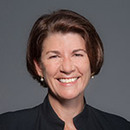
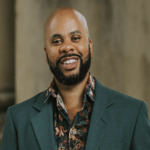
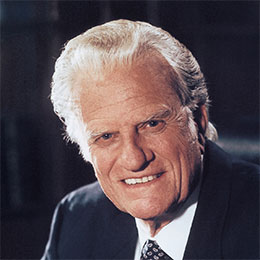

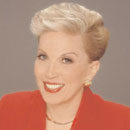
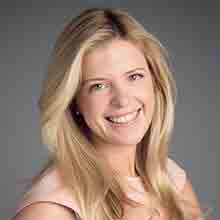

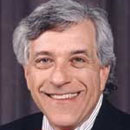


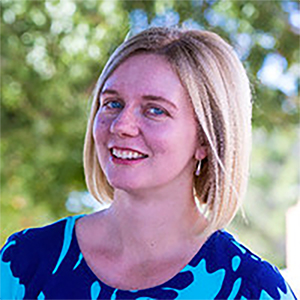
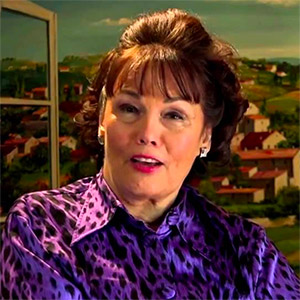

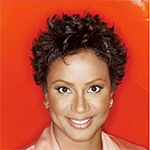

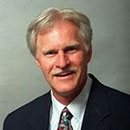
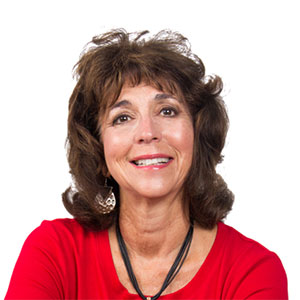



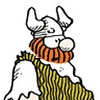


Comments